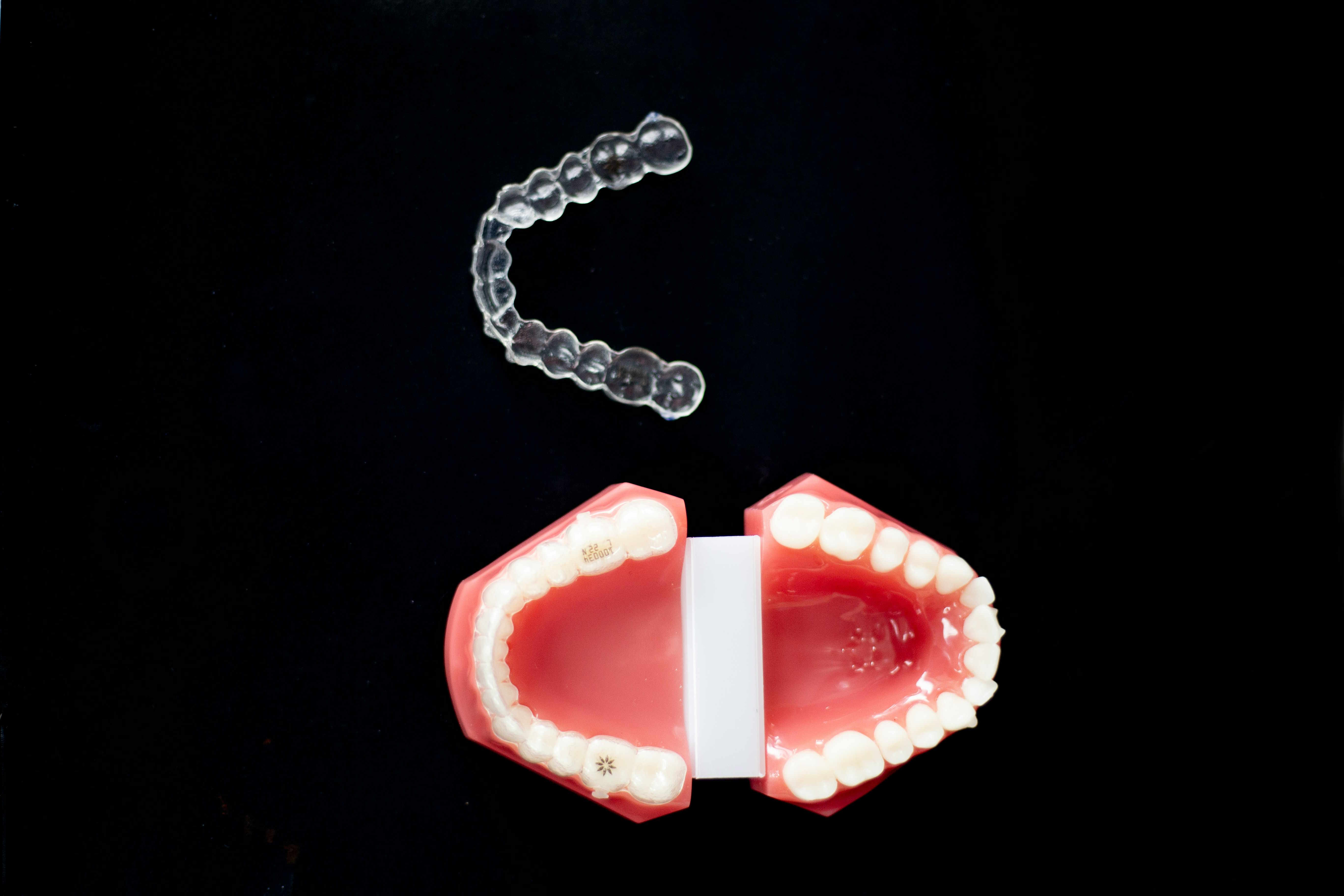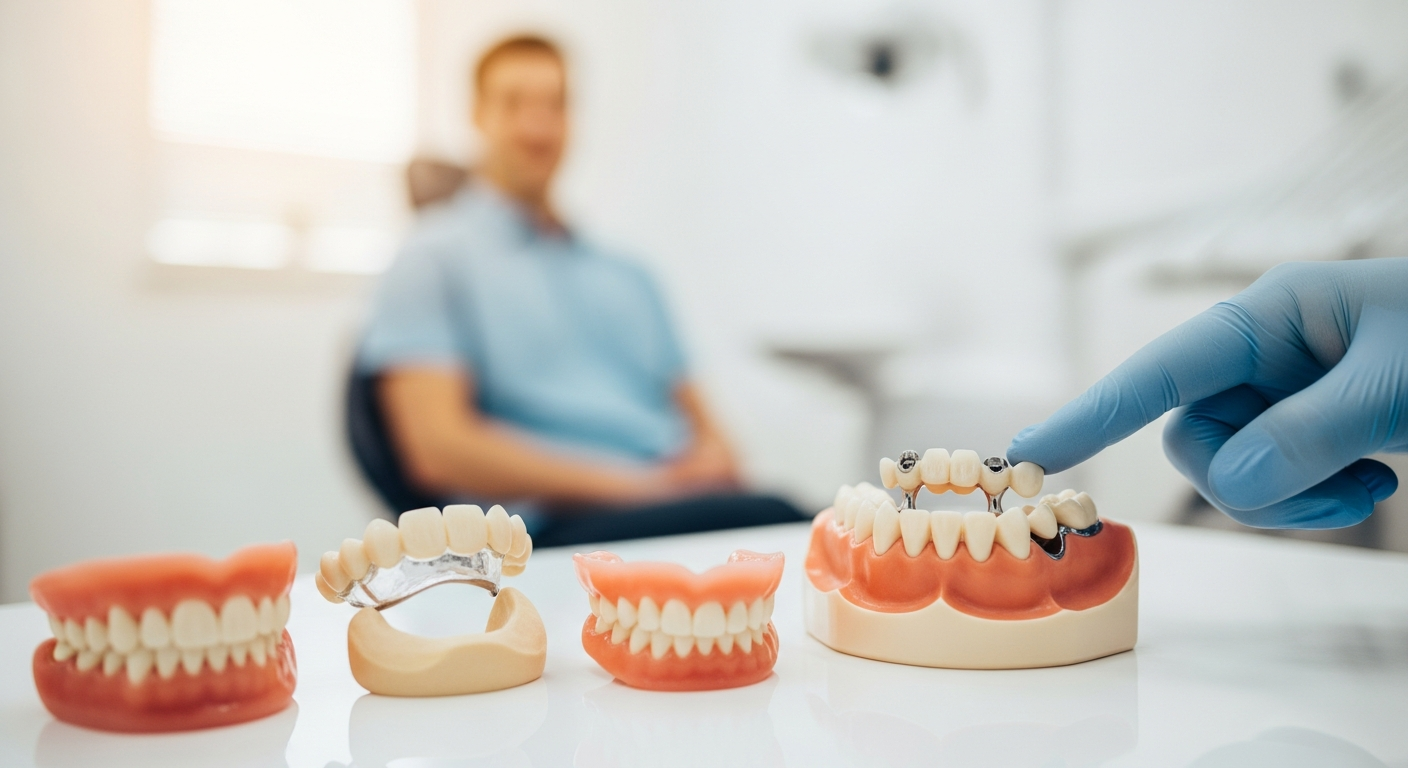The Science Behind Fixed Dental Prosthetics
Fixed dental prosthetics represent a significant advancement in restorative dentistry, offering durable and natural-looking solutions for tooth loss. For many individuals, especially seniors in Indonesia, these modern options can dramatically improve oral health, chewing function, and overall quality of life. Understanding the scientific principles and procedural aspects behind these prosthetics is key to appreciating their effectiveness and making informed decisions about dental care. This article explores the core science and practical applications of fixed dental prosthetics, focusing on their benefits and considerations for older adults.

This article is for informational purposes only and should not be considered medical advice. Please consult a qualified healthcare professional for personalized guidance and treatment.
How Fixed Dental Prosthetics Function: The Science of Integration
Fixed dental prosthetics, commonly known as dental implants, operate on a fundamental biological principle called osseointegration. This process involves the direct structural and functional connection between living bone and the surface of a load-bearing implant. The implant itself is typically a small, screw-shaped post made from titanium, a biocompatible material that the human body readily accepts. Over several months, the jawbone naturally grows around and fuses with the implant, creating a stable foundation that mimics the root of a natural tooth. This integration is crucial for the long-term stability and success of the prosthetic.
Once osseointegration is complete, an abutment, which is a small connector, is attached to the implant. This abutment extends above the gum line and serves as the anchor for the final restoration. The final restoration, whether it’s a single crown, a bridge, or a full arch of teeth, is then custom-made to match the patient’s existing teeth in shape, size, and color. This multi-component system ensures that the prosthetic is not only secure but also functions esthetically and functionally like natural teeth.
Dental Implants for Seniors: What They Are and How They Work
For seniors facing tooth loss, dental implants offer a robust and long-lasting alternative to traditional dentures or bridges. A dental implant is essentially an artificial tooth root surgically placed into the jawbone beneath the gum line. The procedure typically involves several stages. Initially, a thorough dental examination, including X-rays and 3D scans, assesses bone quality and quantity. If sufficient bone is present, the implant post is surgically placed. A healing period follows, allowing for osseointegration to occur.
After the implant has fused with the bone, a second minor surgical procedure may be needed to attach the abutment. Finally, the custom-made prosthetic tooth or set of teeth is securely fastened to the abutment. For seniors, specific considerations include assessing overall health, managing existing medical conditions, and evaluating bone density, which may sometimes require bone grafting procedures to ensure successful implant placement. The process is carefully planned to ensure comfort and optimal outcomes for older patients.
Modern Tooth Implants for Seniors: A Guide to Today’s Options
Modern solutions for senior dental implants have significantly advanced, offering a range of options tailored to individual needs. For a single missing tooth, a single implant with a crown is a common and effective solution. When multiple teeth are missing in a row, an implant-supported bridge can replace several teeth without needing to alter adjacent healthy teeth. For complete tooth loss in an arch, full-arch solutions like “All-on-4” or “All-on-6” implants are popular. These techniques involve placing a minimal number of implants (four or six) in specific positions to support an entire arch of prosthetic teeth.
Advancements in dental technology also include guided implant surgery, which uses 3D imaging to precisely plan and execute implant placement, leading to greater accuracy and often less invasive procedures. Mini dental implants, which are smaller in diameter, can be an option for patients with limited bone mass or for stabilizing dentures. These modern approaches aim to reduce treatment time, improve success rates, and enhance comfort, making dental implants a viable and attractive option for a wider range of senior patients in local services.
Benefits and Long-Term Outlook for Senior Dental Implants
Senior dental implants offer numerous benefits beyond just replacing missing teeth. They significantly improve chewing efficiency, allowing seniors to enjoy a wider variety of foods and maintain better nutrition. Enhanced speech clarity is another advantage, as implants eliminate the slippage often associated with traditional dentures. Aesthetically, implants look and feel like natural teeth, boosting confidence and improving overall facial appearance. Crucially, dental implants help preserve the jawbone by stimulating it, preventing the bone loss that typically occurs after tooth extraction.
The long-term outlook for dental implants is generally excellent, with high success rates often exceeding 95% over a decade when properly maintained. Regular dental check-ups, diligent oral hygiene, and avoiding habits like smoking are essential for the longevity of implants. While the initial investment might be higher than other restorative options, the durability, functionality, and positive impact on quality of life often make them a cost-effective solution in the long run for many seniors seeking lasting dental health.
Cost Estimates for Fixed Dental Prosthetics in Indonesia
The cost of fixed dental prosthetics, such as dental implants, in Indonesia can vary significantly based on several factors, including the type of implant, the number of implants required, the materials used for the crown or bridge, the need for supplementary procedures like bone grafting or sinus lifts, the dental clinic’s location, and the experience of the dental professional. It is important for individuals to obtain a detailed quote from their chosen dental clinic.
| Product/Service | Provider | Cost Estimation (IDR) |
|---|---|---|
| Single Dental Implant | General Dental Clinic | 10,000,000 - 25,000,000 |
| Implant-Supported Bridge | Specialized Implant Center | 30,000,000 - 70,000,000 |
| Full Arch Implants (All-on-4) | Specialized Implant Center | 80,000,000 - 200,000,000 |
| Bone Grafting (per site) | General Dental Clinic | 3,000,000 - 10,000,000 |
Prices, rates, or cost estimates mentioned in this article are based on the latest available information but may change over time. Independent research is advised before making financial decisions.
In conclusion, fixed dental prosthetics offer a scientifically grounded and highly effective solution for tooth loss, particularly beneficial for seniors in Indonesia. Understanding the principles of osseointegration, the various types of implants, and the procedural steps involved can help individuals make informed decisions about their dental health. With modern advancements, these solutions provide not only restored function and aesthetics but also contribute significantly to an improved quality of life and long-term oral well-being.




